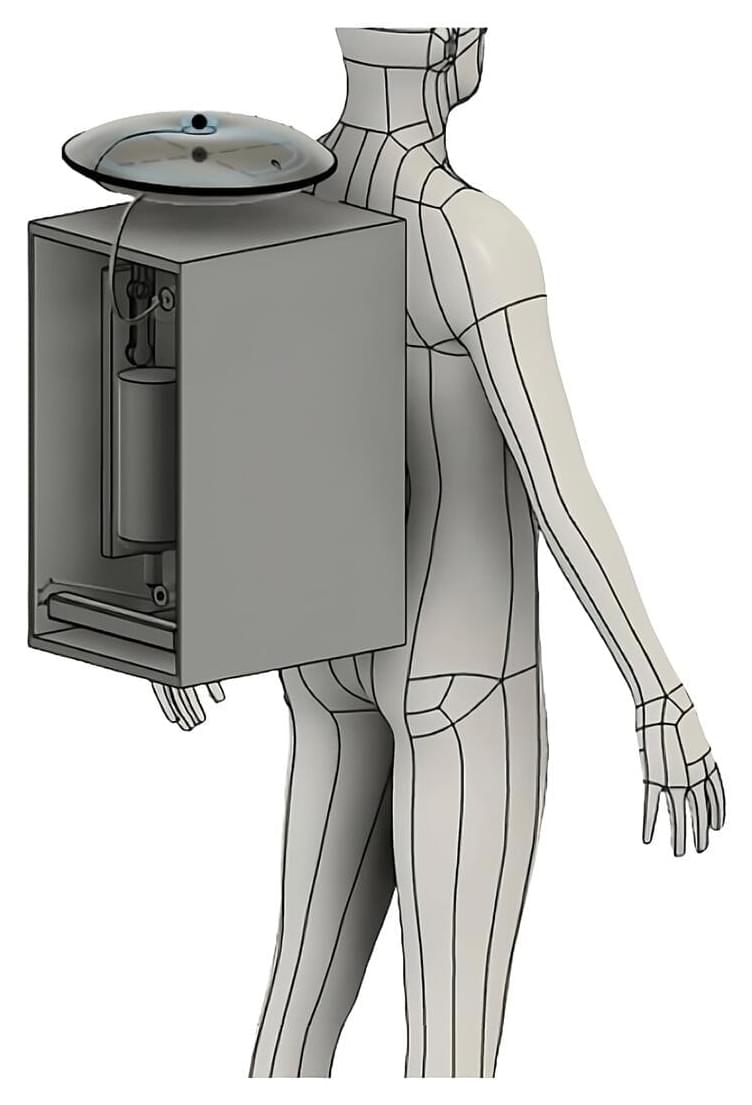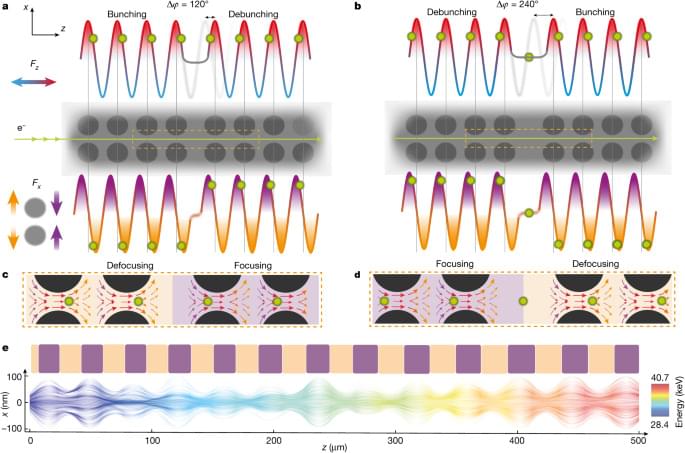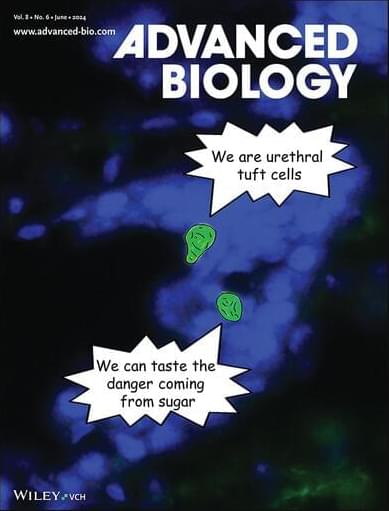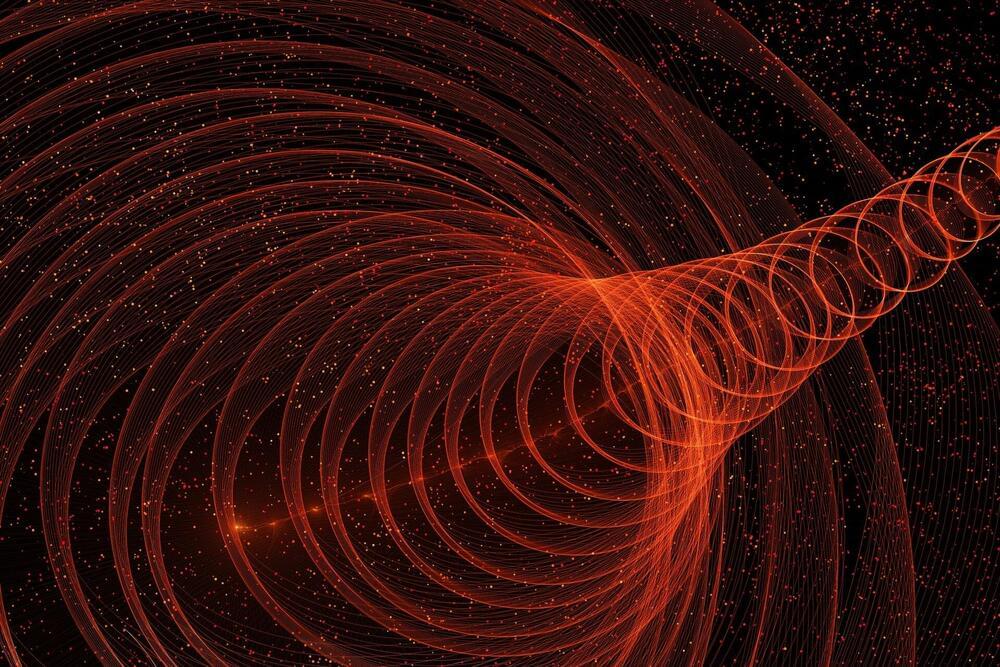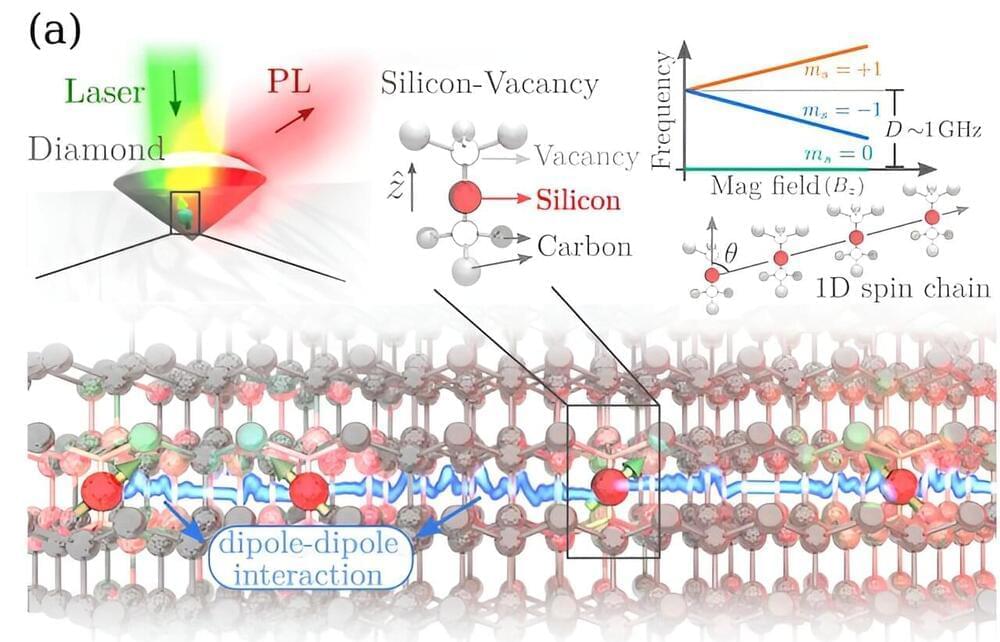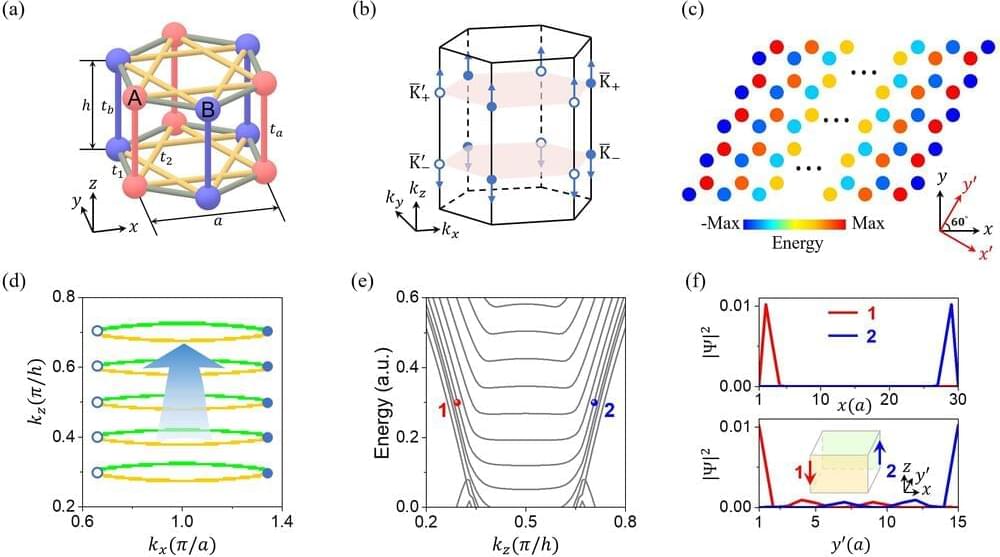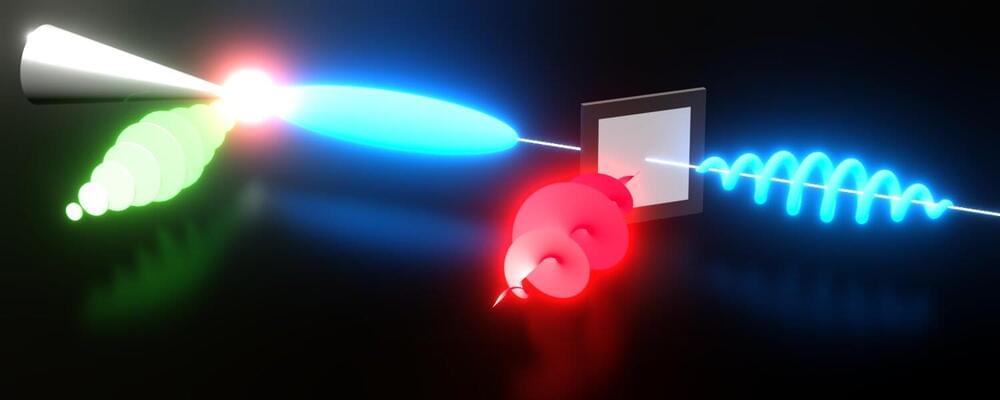Difffuse Studio has launched Procedural Crowds Pro, a new and improved version of their popular Geometry Nodes-powered add-on for Blender that enables you to quickly and easily populate your 3D environments with sizeable groups of characters.
Featuring over 30 unique photoscanned character models, the plug-in allows you to generate and customize various types of crowds, with options including an audience crowd, a circle crowd, follow curve, a marching formation, a random crowd, and more. The animations of the human characters will vary depending on the type of crowd you choose, including Idle, Walk, or Cheering. Moreover, the toolset also includes a neat feature that lets you add individual human characters and assign animations from a pre-defined list.

